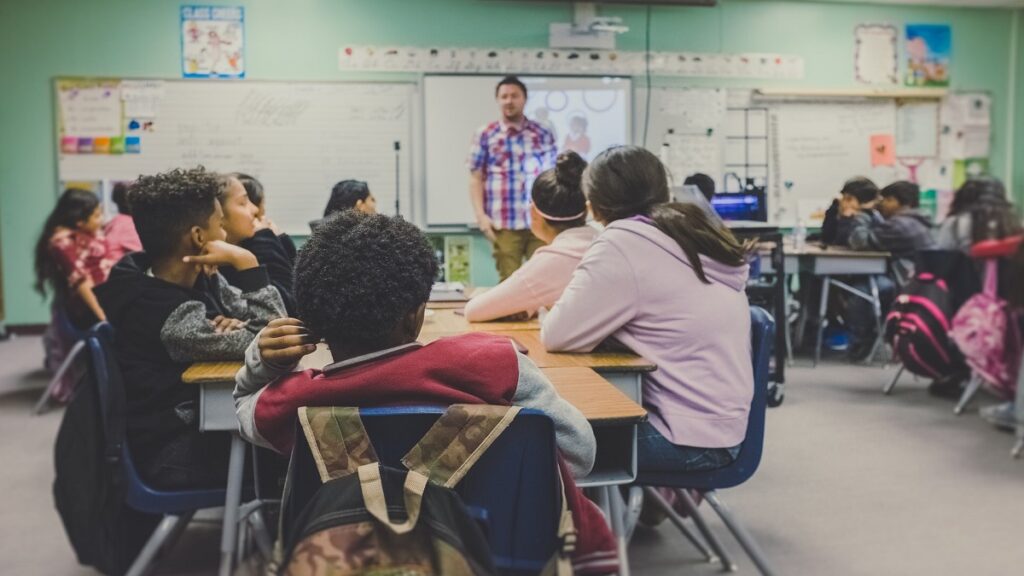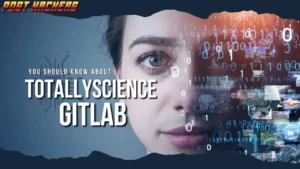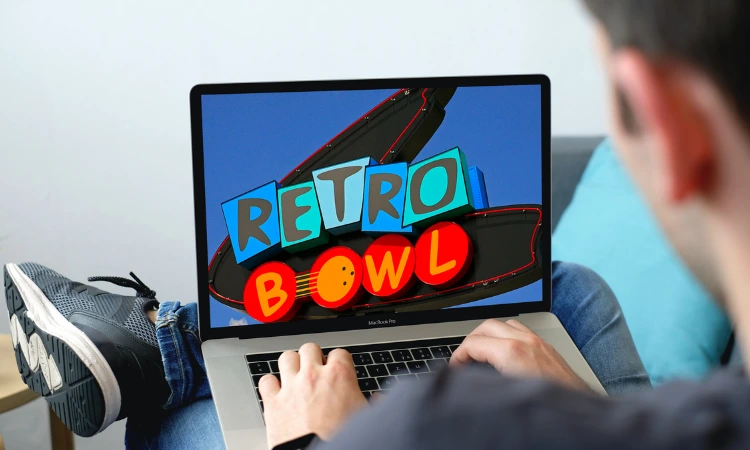Best Practices and Guidelines for eLearning Content Development

Are you looking for eLearning content development guidelines? Well, you should know that every online content is not eLearning. Most of the content is there for promotional and other purposes. The eLearning content teaches individuals some courses. The courses are designed based on some instructions and other things. The eLearning content development should adhere to instructional design principles. Now, the question is, what are those instructions and guidelines? How to develop effective eLearning content? These two questions will be the epicentre of today’s discussion, along with a discussion on major parts of E-content. Let’s begin our discussion with the following question.
What Is Elearning Content Development?
Like every program follows some structure, so does the e-content. eLearning content development crafts relevant course material in light of the objectives of a particular program. The objectives and purpose of the program define the course. They tell the designers what to include in the course and what not.
For example, an e-learning course on Geology must include the basic classification of rocks. The name ‘Geology’ tells the designer to include rocks. The course’s objectives play an important role in eLearning content development.
How Do You Create Elearning Content?
Many designers do not know how to develop e-content for a particular course. In order to make their work easy, we have interviewed some of the top course designers of the best coursework writing services. Based on their responses, below are some points that an eLearning content developer must take care of.
Select Clear Goals
As described earlier, clear goals and objectives are crucial in eLearning content development. The clear goals ensure that your content will resonate in the market. This stage of setting goals is also called the capture stage. It is about capturing the problems, audience and profiles needed for your e-content.
Develop A Design Vision
You have goals in your hand. What comes next in effective eLearning content development? The next phase is deciding how to achieve those goals. There are different methods that you can use for the development of the design. Some of them are mentioned below;
- Mind mapping
- Storyboarding
- Action mapping
Create Your Content
Step three includes e-learning content creation. After having a road map of the content by performing the above step, it will be easy to create content. To do this effectively, you can take help from Subject Matter Experts (SMEs). The material provided by those experts allows you to create content that will resonate in the market.
Analyse And Iterate
When your content has been created, it is time to analyse it. As part of your eLearning content development process, you must leave some room for evaluating your content. Also, collecting feedback from potential learners helps refine the content and make it better.
Measure Success
After each of the steps mentioned above, measuring success comes next. You should be in a position to be able to report on the success of your e-content. This stage is also called the commercialising stage. You measure the commercial acceptance of the content.
What Are The 5 Parts Of E-Content?
Every e-learning content is not a complete package. Some points make it a complete learning course. A brief description of those five parts of every successful e-learning content is as follows;
Target Audience
Your eLearning content development should target a particular audience. When you understand your target audience, you can create an e-learning course that suits their needs. To accomplish this, you must first comprehend your audience’s requirements. Considering the background and learning preferences is also helpful.
Learning Objectives
E-content intends to maximise the learning of students. For that, the e-learning content must have specific and measurable learning objectives. The course should tell about what is in it from the very beginning. Knowing the why is very important for learners because no learning can happen without it. Cramming and just taking classes is not learning. The actual e-learning is learning the why of any process.
Authentic Content
Authentic content should be the most prominent part of any eLearning content development process. Without the authenticity of the content, no learning can take place. Learners can also take data from the internet. What is the point in developing a full course if it is not authentic? You must develop the content in coordination with Subject Matter Experts (SMEs).
Assessments
Assessment is the best part of e-learning content. No one calls e-learning content complete without assessing the learners’ knowledge. Assessments are crucial to ensure the effectiveness of eLearning content.
Track Learner Progress
Tracking the learner’s progress helps the designers collect valuable insights into their behaviour. Many organisations or institutes use the learning management system (LMS) to track their progress. By collecting and analysing the data, you can identify learning trends and offer meaningful e-learning experiences to your learners.
What Are The Phases Of E-Content Development?
In eLearning content development, there are six phases. The content must go through those phases. The list, along with a brief description of points, is as follows;
- Analysis: The designers analyse the problem at hand and set goals.
- Design: The content developer designs the content based on the goals and objectives in the design phase.
- Development: It is related to the actual development of the e-content. The designer uses all the information available.
- Testing: The testing phase helps administer the content in the educational field. The purpose is the testing content and collects feedback.
- Implementation: The content is now out of the testing phase and ready to face a large audience. It also explains all the difficulties experienced during the implementation.
- Evaluation: It helps check the progress of e-learning content development and its effectiveness. The developer of the content takes feedback from both learners and instructors.
Conclusion
eLearning content development is easy when you have the right tools and guidelines. The guidelines mentioned above can be very helpful in producing effective e-content. You can also look on the internet for some other guidelines.
Author Bio:
Jonathan Naylor is the author of this article, a coursework expert working with Affordable Dissertation UK, a top academic firm in the UK.





